











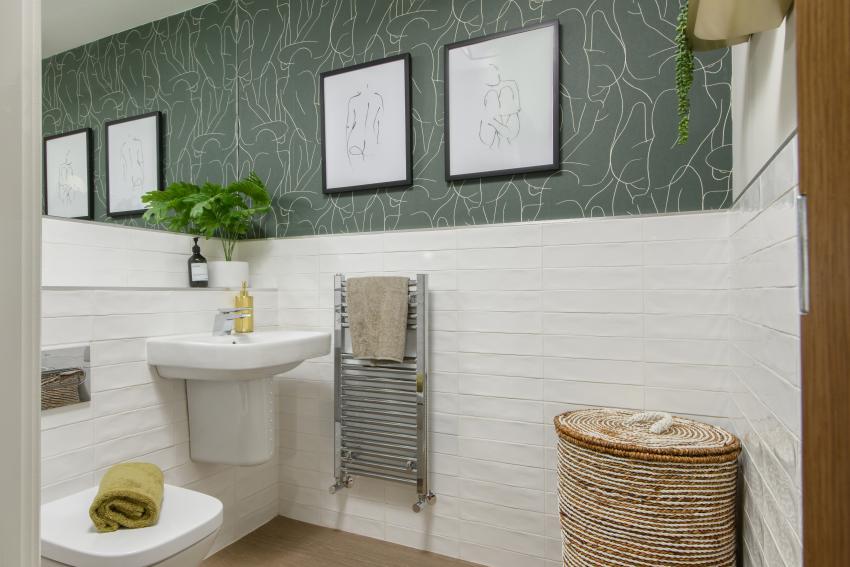
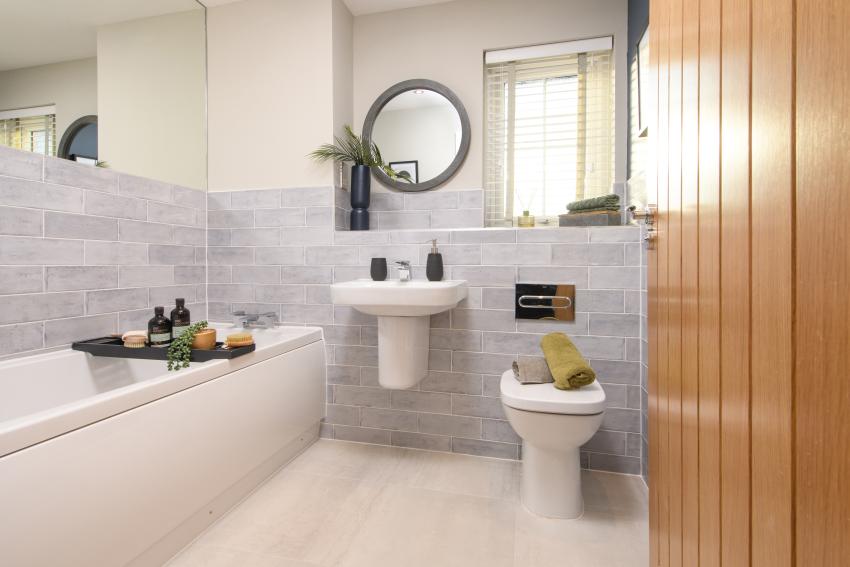
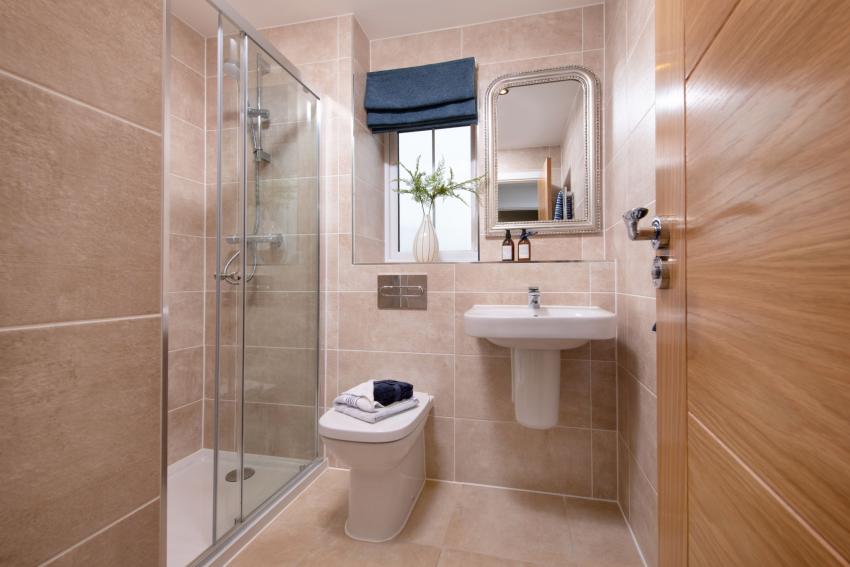



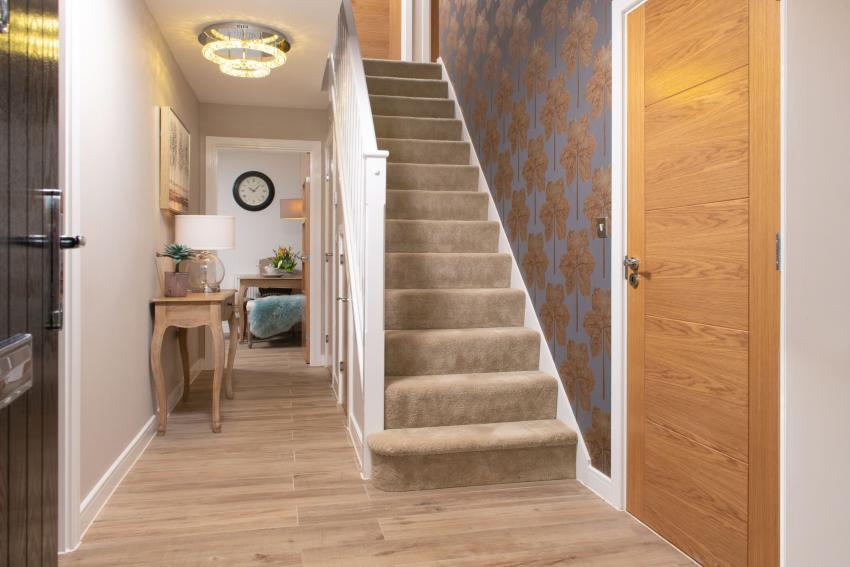
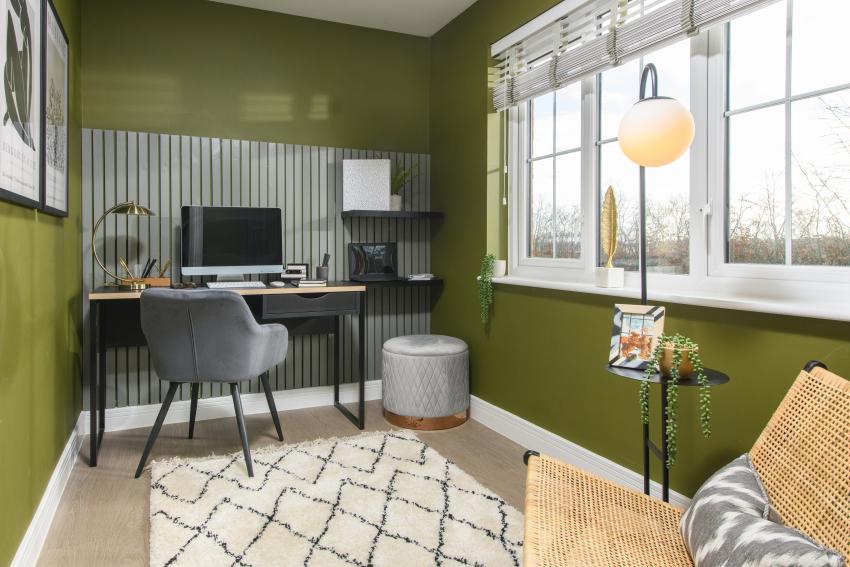
About The Withers
The Withers: A Contemporary Collection of Homes in Morpeth
Introducing The Withers, an exceptional development of new homes crafted by Bellway, located in the charming area of Netherton, Morpeth, Northumberland. This contemporary collection features a variety of four and five-bedroom houses, each designed to cater to the demands of modern living while seamlessly blending comfort and functionality.
Location Overview
The Withers is ideally situated amidst the breathtaking Northumbrian countryside, offering residents a peaceful retreat while remaining conveniently close to urban amenities. The proximity to Plessey Woods Country Park invites a variety of outdoor pursuits, such as leisurely strolls and invigorating hikes, making it a perfect spot for nature enthusiasts and families alike. Just a short drive away, the vibrant town centres of Morpeth and Cramlington provide a wealth of shopping and dining options, ensuring that all essential services are within easy reach.
The development is well-connected, with the nearest railway station located a short distance away in Morpeth. This station provides reliable services to key destinations, including Newcastle and Durham, making commuting straightforward for professionals. Additionally, major road networks such as the A1, A189, and A19 are easily accessible, further enhancing the convenience of travel for residents. For those who travel further afield, Newcastle International Airport is just a short drive away, providing connections to a variety of domestic and international locations.
Educational Facilities
For families considering a move to The Withers, the surrounding area boasts a selection of highly regarded schools. Local educational institutions cater to children of all ages, from primary schools such as Stannington First School and Morpeth First School to secondary options including The King Edward VI Academy. The availability of quality education within close proximity adds considerable appeal for families looking to settle in this lovely area.
Local Amenities
The Withers is conveniently located near various local amenities that enhance the quality of life for its residents. Just over a mile away, Moorhouse Farm Shop offers a delightful array of locally sourced produce, perfect for those who appreciate fresh, quality ingredients. This charming shop not only provides essential groceries but also features a play area for children, making it a family-friendly destination.
The nearby town of Morpeth is a hub of activity, boasting a diverse range of shops, from independent boutiques to well-known chain stores. The town's vibrant market scene, including a weekly market and a monthly farmers' market, showcases local craftsmanship and produce, adding to the community spirit that characterises the area. For a more extensive shopping experience, residents can venture to Manor Walks shopping centre in Cramlington, which offers a wide variety of retailers, restaurants, and coffee shops.
Leisure and Recreation
The Withers is surrounded by ample leisure opportunities for residents to enjoy. The rugged Northumbrian countryside offers a range of activities, including horse riding, while the nearby coast at Tynemouth and Whitley Bay invites water sports enthusiasts for paddle boarding and beach outings. Families can explore local attractions such as Plessey Woods Country Park and Whitehouse Farm Centre, both less than ten minutes away, providing engaging activities for children and adults alike.
For those interested in fitness and wellness, Morpeth Riverside Leisure Centre and Concordia Leisure Centre in Cramlington offer a variety of facilities, including swimming pools and gyms. These centres cater to different interests, from swimming and fitness classes to squash courts and climbing walls, ensuring that residents have access to a comprehensive range of recreational activities.
Conclusion
In summary, The Withers offers a unique opportunity to reside in a beautifully designed development that harmoniously blends rural charm with modern amenities. With its scenic location, excellent transport links, and proximity to essential services and leisure activities, this collection of homes presents an ideal foundation for a fulfilling lifestyle in Northumberland. Whether you are searching for a family home or a tranquil retreat, The Withers is poised to meet your needs and exceed your expectations in this delightful part of the country.
Available Units (0)
No units currently available. Check back soon for new listings.
Location Map
Netherton, Morpeth, Northumberland, NE61 6EF, NE61 6EF